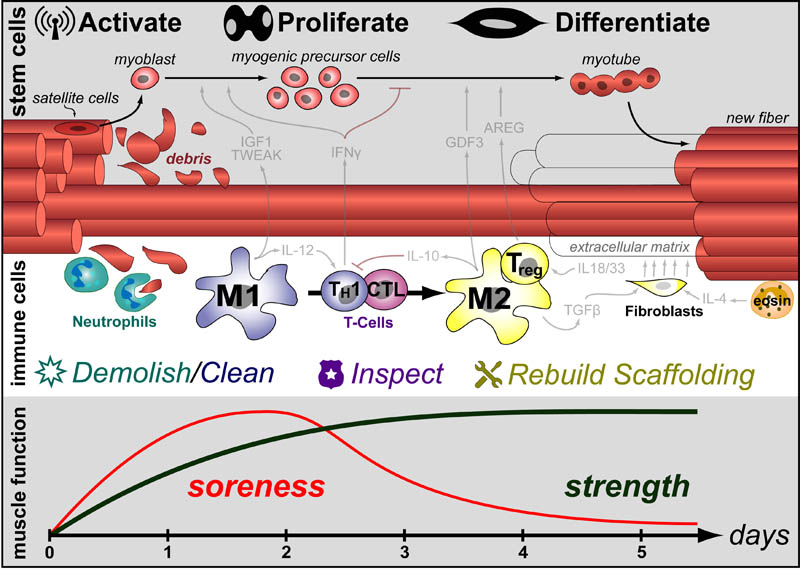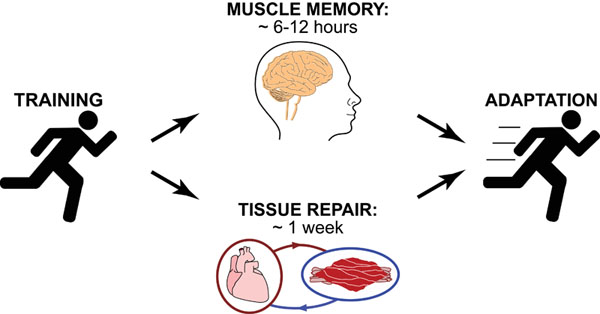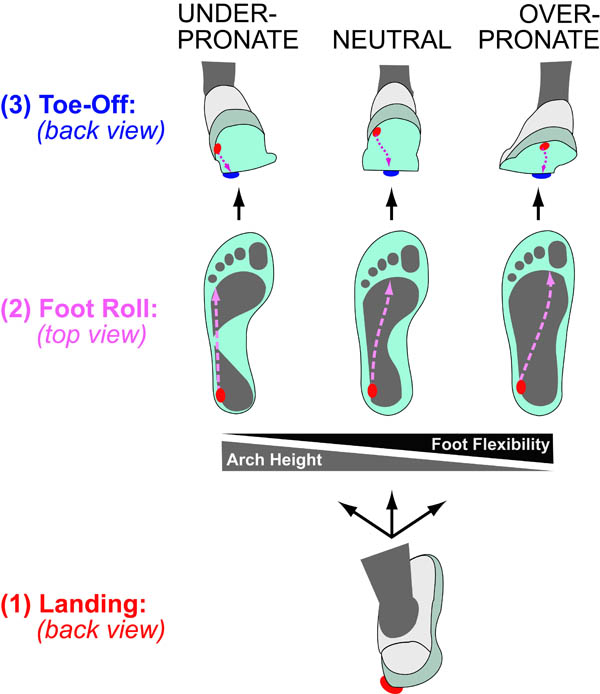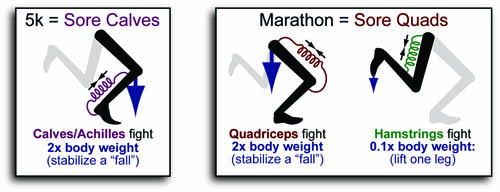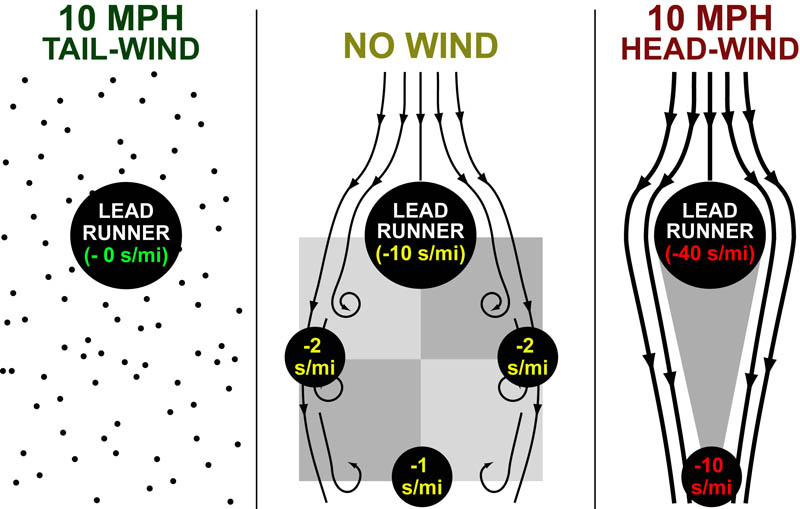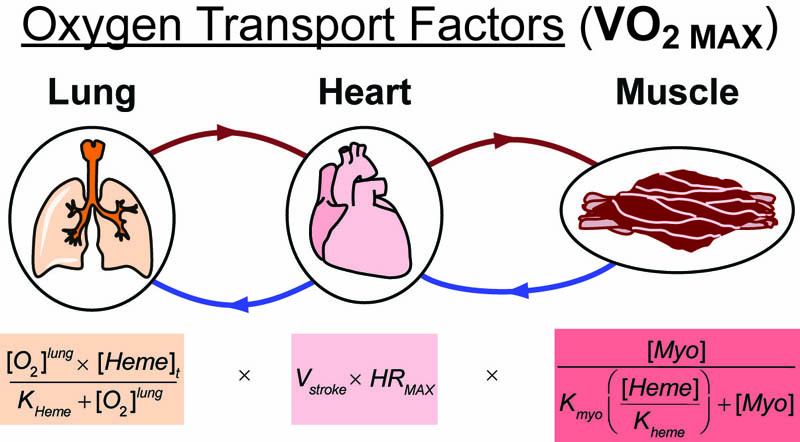We’ve made several timelines on the adaptive-response that follows intense exercise ranging from: 2-3 months it takes to “get in shape” to the the 12 hours it takes to cement muscle-memory in the brain. One topic we have not discussed is the 1-week it takes to recover-and-rebuild from an intense bout of exercise.
Interesting, it is the immune-system (not stem cells) that manage the whole repair and rebuilding process. To use a building analogy, the immune system: (1) demolishes the old building (damaged muscle) and (2) erects the steel-sub-structure (extracellular matrix). Only then do the stem-cells install plumbing, electricity and internet (new muscle). On other words, the immune-cells “build the building” while the stem-cells “make it functional.”

